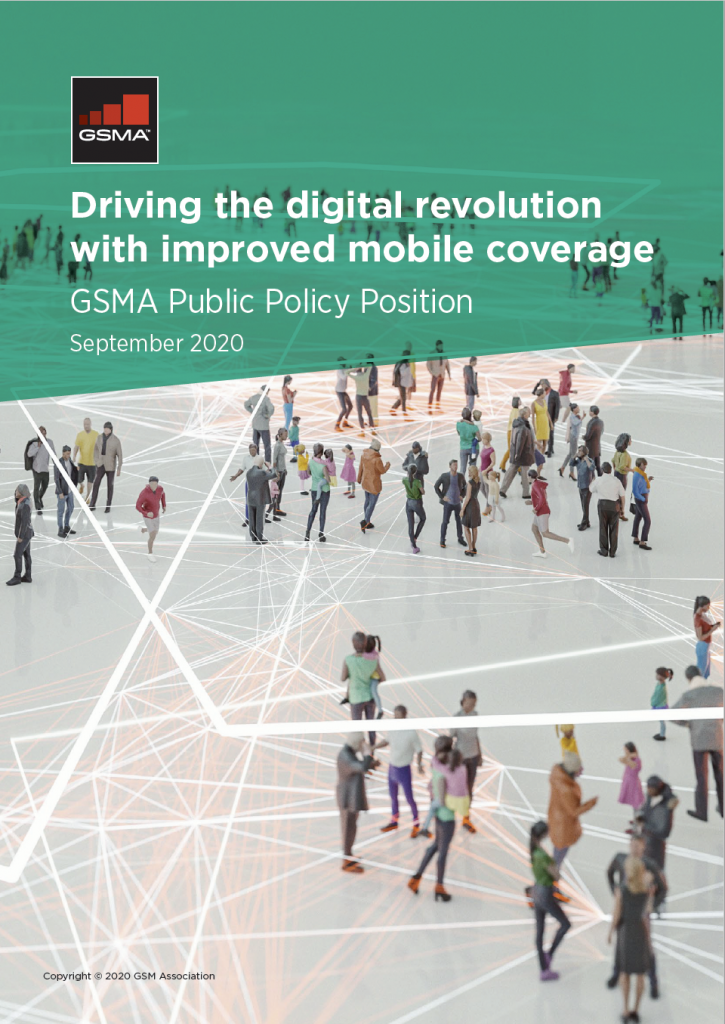Beating the mobile coverage gap – how to successfully improve rural coverage
The GSMA’s “Driving the digital revolution with improved mobile coverage” paper examines how governments, regulators and mobile operators can collaborate to address the digital divide and rural connectivity.
Increasing access to the internet is one of the great challenges of our time. Currently, around half of the world’s population are not connected. This limits access to jobs, education, and healthcare. It also limits the ability to take part in social, political and economic life.
Today, 600 million people still live in rural areas without mobile coverage. How do we change this effectively? Are there lessons that can be learned from successful government and industry initiatives to date. Also, is there a blueprint that can help improve mobile coverage and address both rural coverage and connectivity gaps?
As part of the GSMA’s new mobile coverage project, we aim to answer these questions. In particular, we take a closer look at how regulators and governments have collaborated with mobile operators. The first examples are France, Ghana, New Zealand, Peru, Tunisia, and UK.
Policies for better mobile coverage
Importantly, the position paper addresses issues such as spectrum availability and pricing; license terms and conditions; infrastructure sharing; and state interventions. The paper details seven positions, they include:
1. Assign sufficient amounts of mobile spectrum to operators in a timely manner – including mobile coverage bands;
2. Do not inflate spectrum prices. Also, look for trade-offs between reduced spectrum fees and carefully considered wider coverage obligations;
3. Avoid licence terms and conditions that discourage network investment and innovation and needlessly increase costs;
4. Reduce mobile-specific taxes and fees that impede rollouts and harm internet affordability Provide non-discriminatory and timely access to public infrastructure;
You can download the full position paper above, and go to the GSMA’s mobile coverage portal to find the use cases and other helpful information. You can also learn more about spectrum for 5G here.
